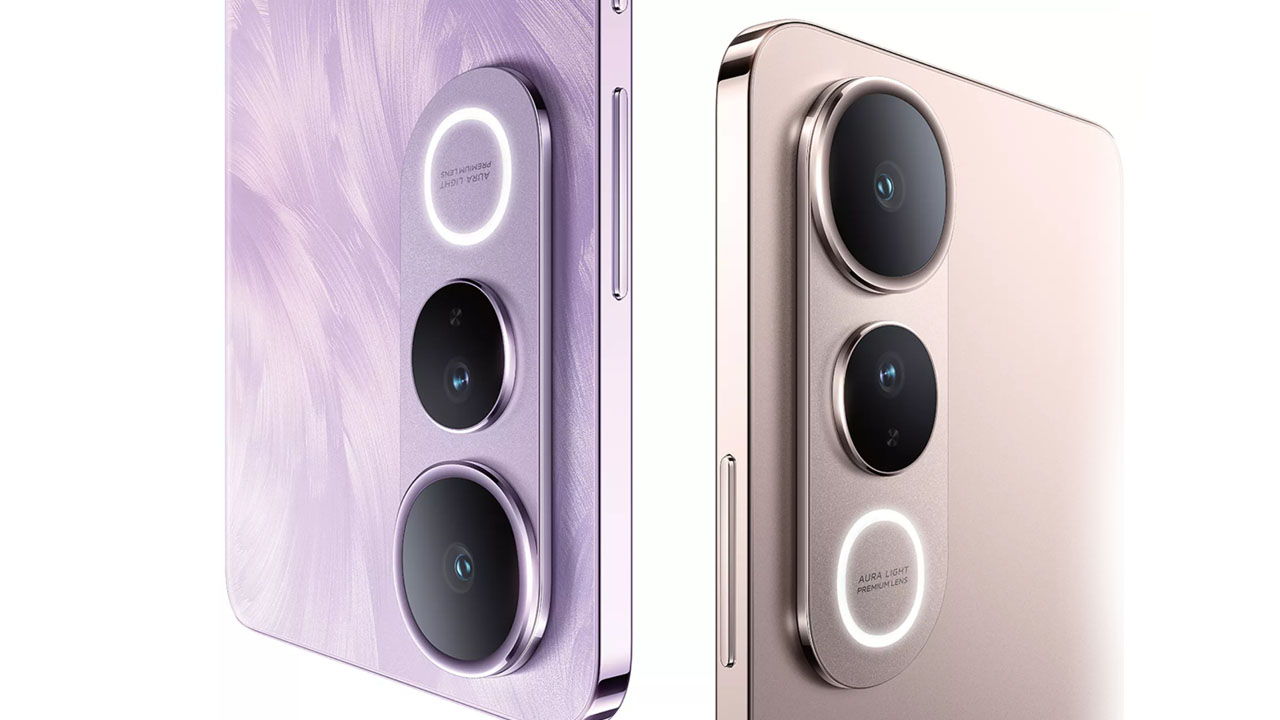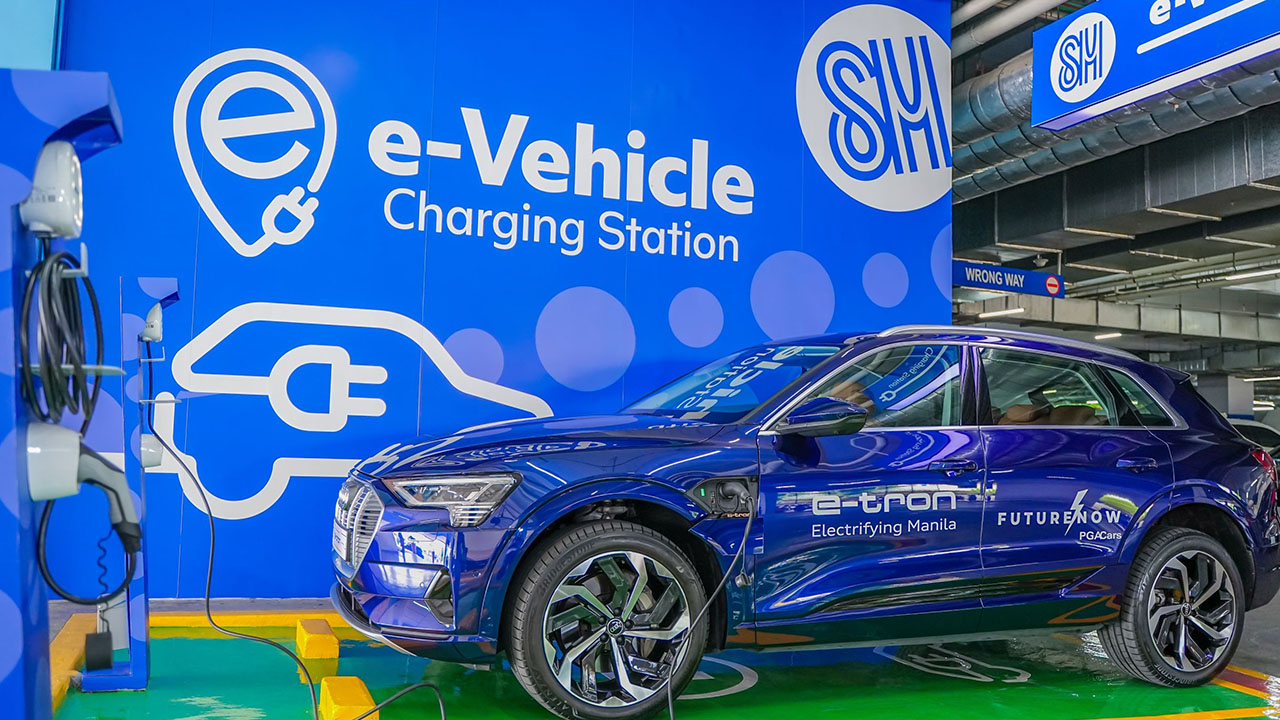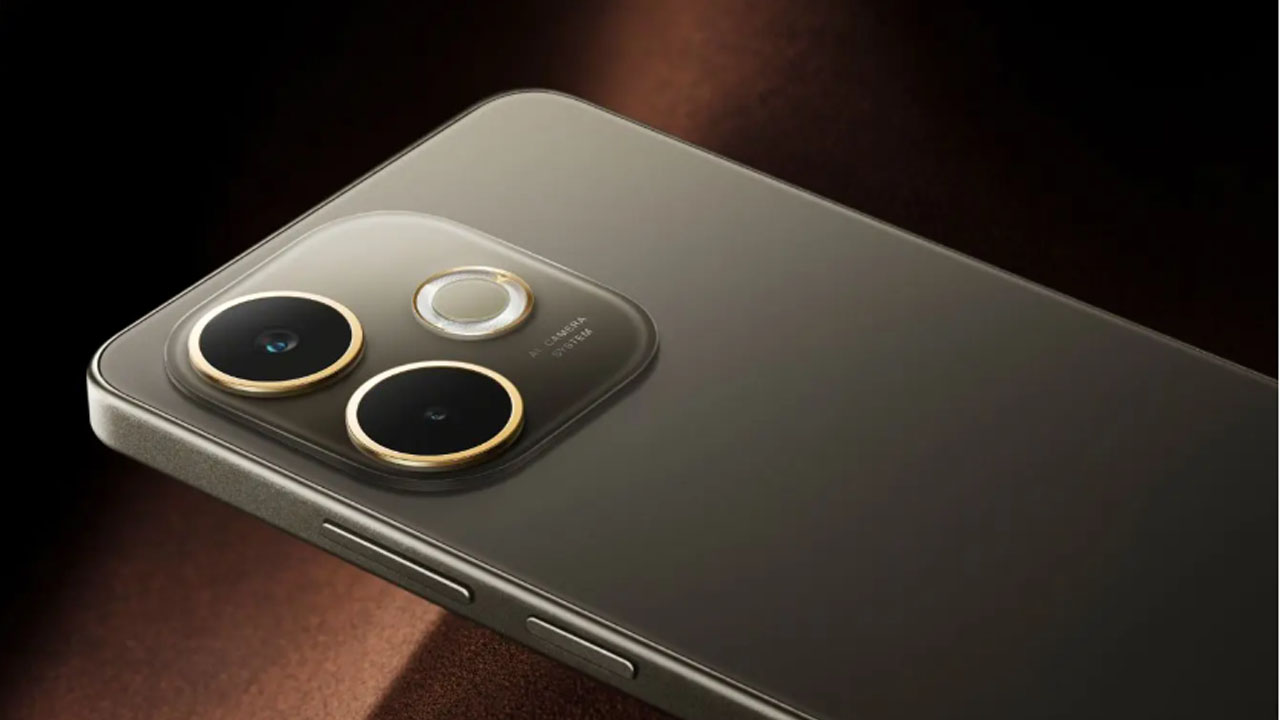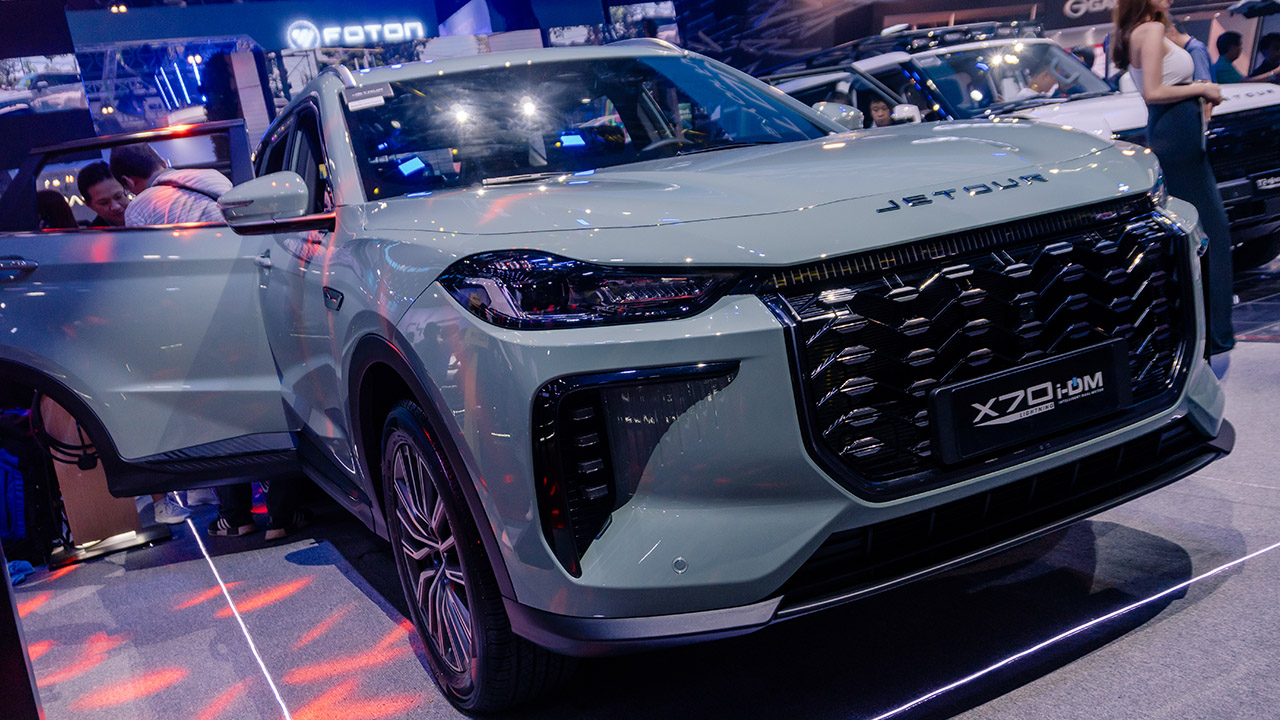For versatile color control and editing flexibility, there is also HLG for direct HDR production as well as S-Log2/S-Log3 gamma profiles for advanced HDR production with editing. Beyond strict video updates, the revised sensor design also brings improved autofocus performance via 759 phase-detection points, which offer intelligent subject tracking and Real-Time Eye AF to ensure critical focus on moving subjects in all recording modes. The sensor and BIONZ XR processor also facilitate impressive sensitivity, with an expanded range of ISO 40-409600, as well as fast 10 fps continuous shooting for up to 1000 consecutive raw frames.
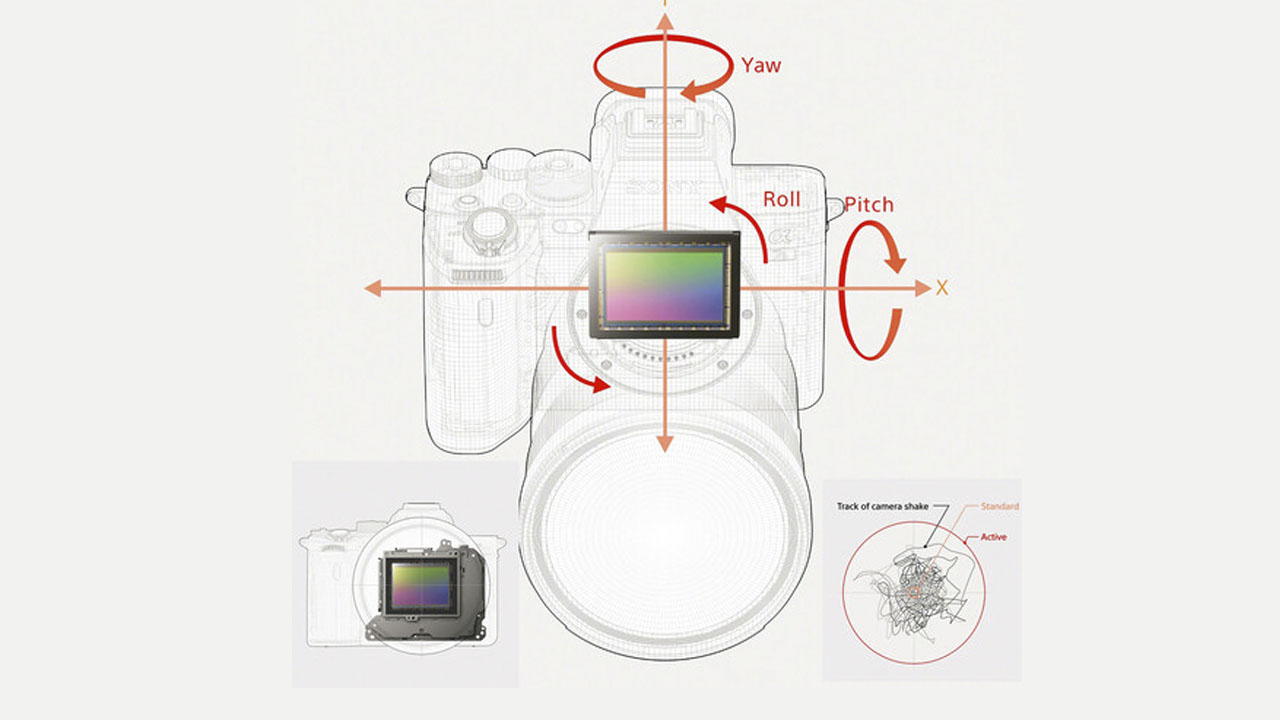
Additionally, 5-axis SteadyShot INSIDE sensor-shift image stabilization minimizes the appearance of camera shake by up to 5.5 stops for sharper handheld shooting. Sony has also made some changes to the a7S III’s physical design, including a rear 3.0″ 1.44m-dot LCD with a side-open articulating design and an impressive 9.44m-dot OLED electronic viewfinder. The body design helps to promote better heat dissipation for improved continuous recording capabilities. The camera’s menu system has also been updated for more intuitive navigation. Additionally, dual memory card slots both support working with CFexpress Type A or SD UHS-II memory cards for flexible and high-speed file storage.
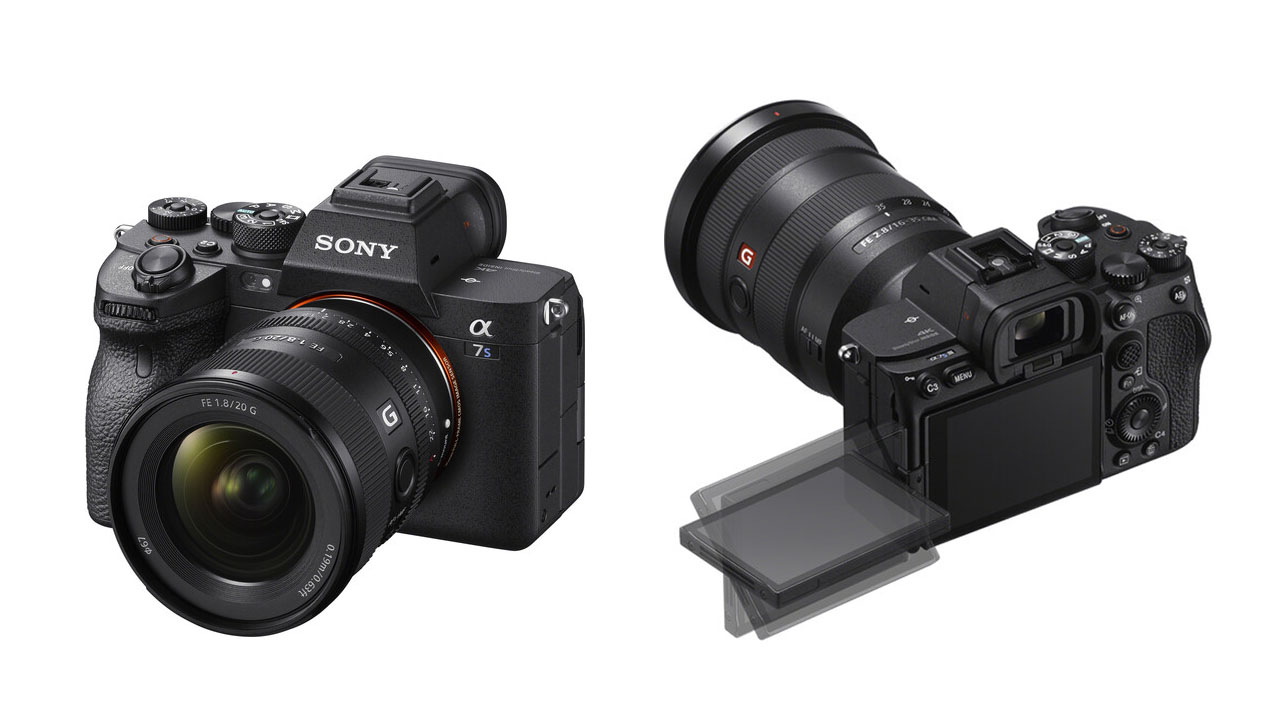
Announced alongside the Sony a7S III camera body, Sony is also introducing the first CFexpress Type A memory cards, with 80 and 160GB versions available, as well as the MRW–G2 CFexpress Type A/SD Memory Card Reader to support this fast new card format.
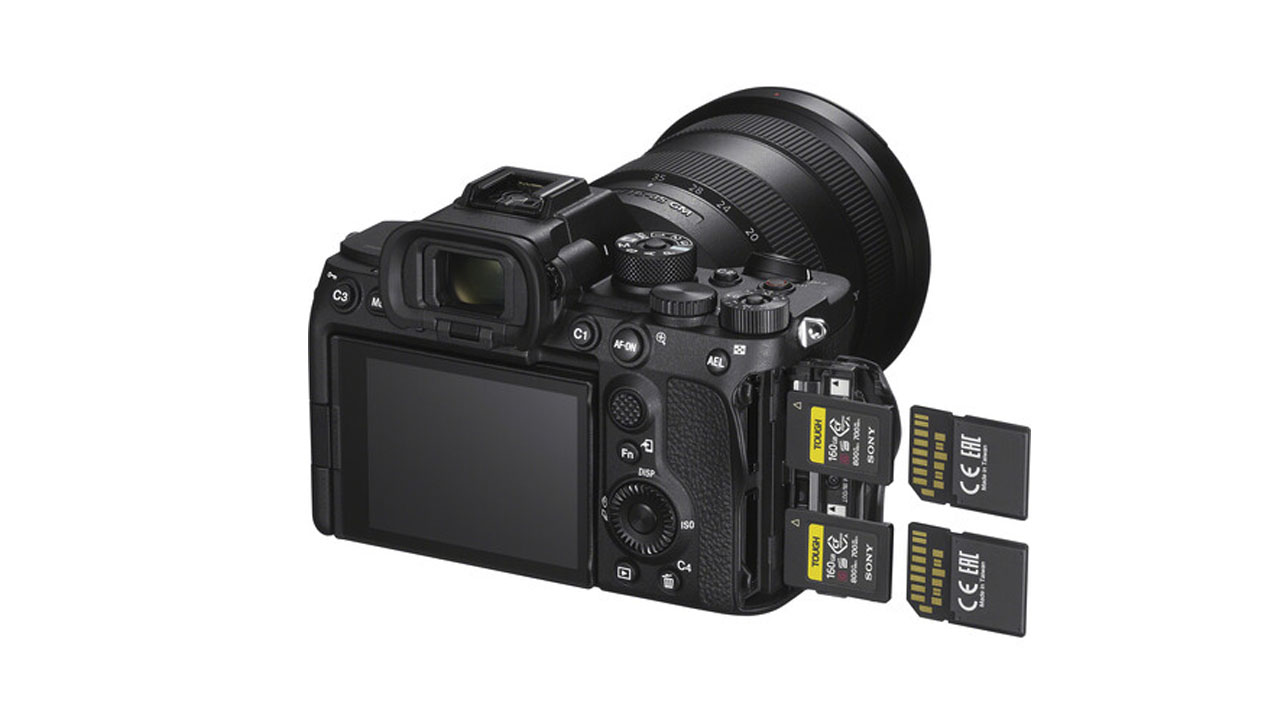
Sony a7S III specs:
12MP BSI Full-Frame CMOS sensor
4K up to 120p resolution
10-bit 4:2:2 color depth
4K (16-bit) up to 60p via HDMI raw video
ISO 80 – 102400
5-Axis In-Body stabilization
On-Sensor Phase-Detect autofocus
OLED EVF viewfinder
3.0″ Articulating touchscreen
CFexpress Type A/SD memory card

